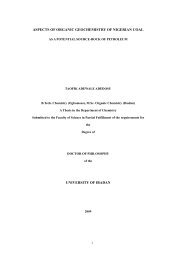View/Open - TWAS & OWSD Thesis Repository Home
View/Open - TWAS & OWSD Thesis Repository Home
View/Open - TWAS & OWSD Thesis Repository Home
Create successful ePaper yourself
Turn your PDF publications into a flip-book with our unique Google optimized e-Paper software.
1.1 INTRODUCTIONCHAPTER ONEArboviruses cause some of the most devastating diseases known to humanand veterinary medicine. There are over 500 identified arboviruses, most of whichare members of the family Togaviridae, Flaviviridae, Bunyaviridae, Rhabdoviridae,and Reoviridae (Blair et al., 2000). Dengue viruses (DENs) and West Nile viruses(WNVs) belong to the family Flaviviridae and are maintained in natural cycles inwhich they multiply in a hematophagous mosquito. They are transmitted in saliva toa vertebrate host when the arthropod takes a blood meal.Generally the information on the current status of arboviral infections andtheir vectors in Nigeria is poor. In other countries, several arboviruses are frequentlyconsidered in the etiology of acute febrile illness. Surprisingly, most healthinstitutions in Nigeria lack appropriate diagnostic facilities for this group of virusesand seem to attach less importance to viral fever. Yet many cases in Africa thatpresent with fever are documented as pyrexia of unknown origin (PUO), especiallyif they fail to respond to anti-malaria or anti- microbial drugs. Moreover, the earlysymptoms of arbovirus infections mimic malaria, typhoid, measles and influenza,thereby rendering the elinical diagnosis of these cases very confusing.In addition, few atypical clinical features had been reported to cause problemin diagnosis. For example, atypical clinical features in patients with hepaticencephalopathy and dengue encephalopathy presentations were initially thought tohave hepatitis or encephalopathy but later tested pos!tive for dengue viruses, Similarsituations may be occurring in Nigeria where many cases of DHF are mistaken fortyphoid fever. Reports so far had demonstrated the existence of dengue (Moore etal.,1975) and West Nile virus (Kemp et al.,I973) in Nigeria. Nearly 3 million casesof DHF have been officially reported worldwide with more cases occurring in Asia(Monath and Heinz 1996). Surprisingly, no epidemic of DF or DHFfDSS has beenreported in Nigeria despite the fact that factors (mosquito vectors, susceptible hosts,and heterotypic dengue infection) responsible for the global re-emergence of denguevirus infections are common in the country. It may be recalled that both viralinfections have the non-specific prodromal and specific phases involvinghemorrhagic/neurological symptoms. The former phase could also be easilyconfused with other hyperendemic bacteria (typhoid) and protozoal infections(malaria) in the environment. As observed in India (Voluntary health Association ofIndia- Unpublished data), inadequate knowledge and the experience of general


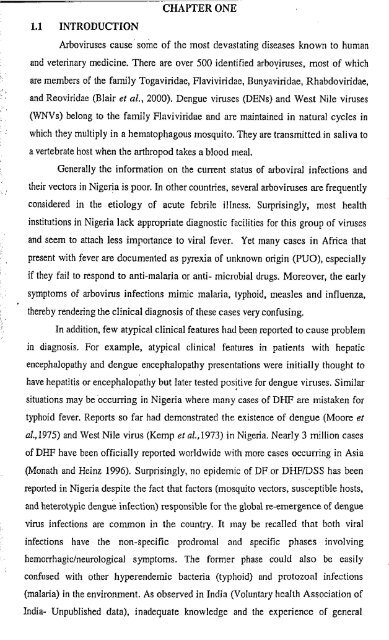

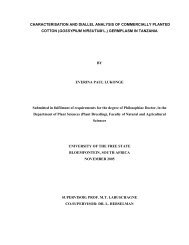

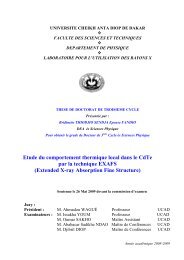
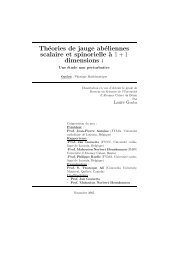
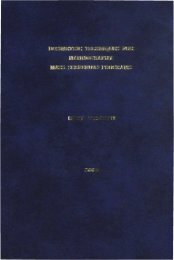

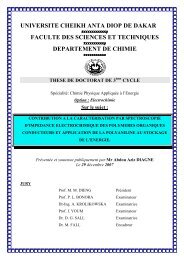
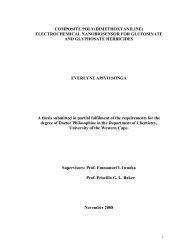


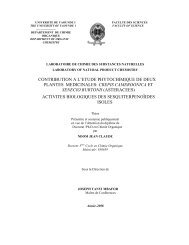
![SYNTHESIS AND ANTI-HIV ACTIVITY OF [d4U]-SPACER-[HI-236 ...](https://img.yumpu.com/30883288/1/190x245/synthesis-and-anti-hiv-activity-of-d4u-spacer-hi-236-.jpg?quality=85)
